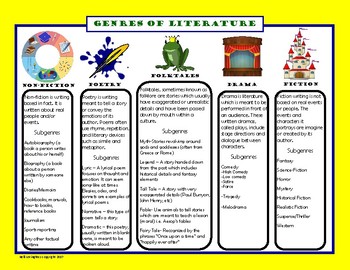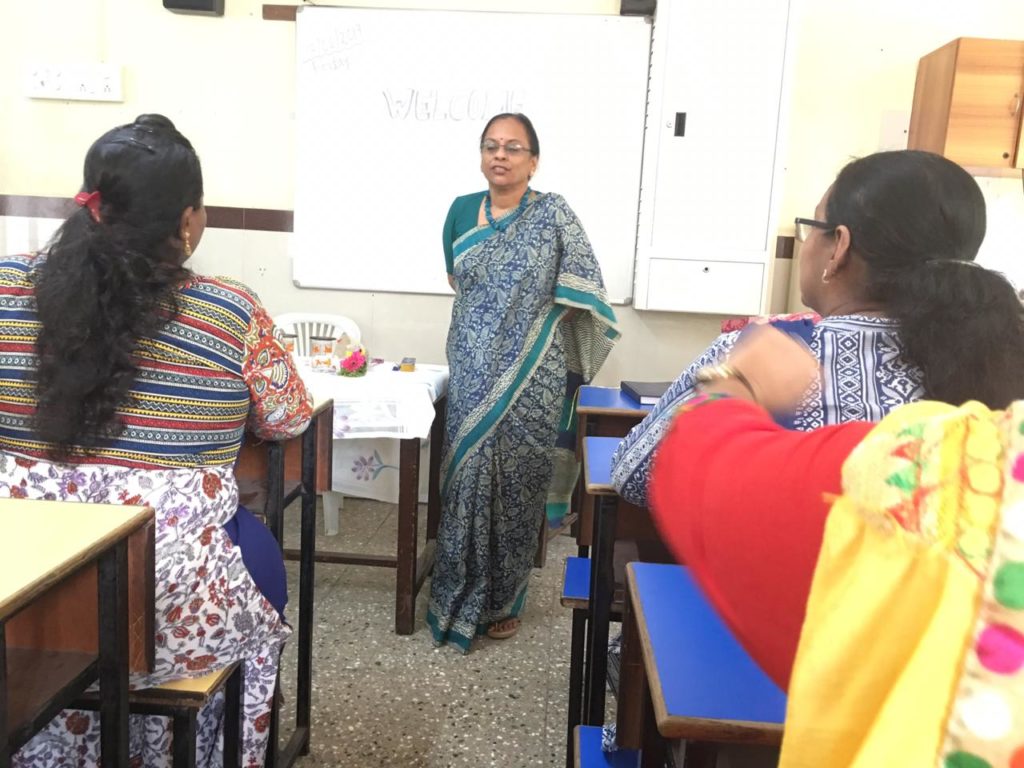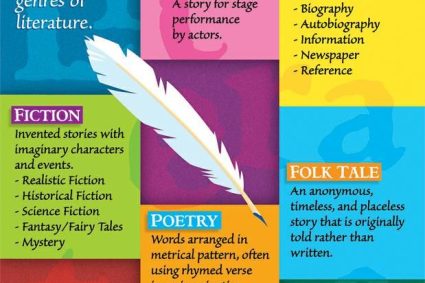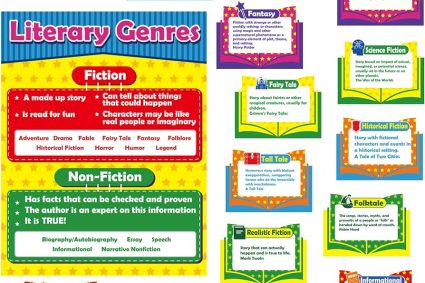

Teaching poetry is often perceived as a delicate dance, one where the instructor strives to impart appreciation without stifling the innate beauty of a poem. Here are various approaches to teaching poetry that aim to breathe life into verses, fostering a love for the art form without inadvertently ‘killing’ its essence:
1. Immersive Readings:
Conduct readings that showcase the rhythmic and melodic aspects of poetry. Encourage students to listen to poems being read aloud, emphasizing tone, cadence, and emotional resonance.
2. Visual Interpretations:
Incorporate visual aids such as paintings, photographs, or videos that complement the themes of the poem. This helps students connect imagery and emotion, enhancing their understanding and engagement.
3. Interactive Discussions:
Foster an environment where students feel comfortable discussing their interpretations. Encourage them to share personal reactions and thoughts, promoting a diverse understanding of the poem.
4. Creative Responses:
Allow students to respond to poetry creatively. This could involve writing their own poems inspired by the themes, creating visual representations, or even composing music to accompany a selected poem.
5. Historical Context:
Provide historical context to poems, helping students understand the societal, cultural, or personal circumstances that influenced the poet. This enriches their appreciation and deepens their connection to the work.
6. Comparative Analysis:
Explore different interpretations of the same poem. Discuss how various readers might perceive the poem differently, emphasizing that there is no singular ‘correct’ interpretation.
7. Performance Poetry:
Encourage students to perform poems, either by recitation or dramatic interpretation. This allows them to embody the emotions within the poem and enhances their public speaking skills.
8. Digital Platforms:
Leverage technology to introduce students to poetry through multimedia platforms. Utilize podcasts, online readings, or spoken word performances that resonate with contemporary audiences.
9. Poetry Workshops:
Host interactive workshops where students can engage in the process of writing and editing poetry. This hands-on approach demystifies the craft and empowers students to become creators themselves.
10. Cross-Curricular Connections:
Integrate poetry into other subjects, demonstrating its relevance beyond the literature classroom. Explore mathematical or scientific themes in poetry, connecting seemingly disparate disciplines.
In essence, the key lies in preserving the organic and personal nature of poetry while guiding students through avenues that enhance their understanding. By fostering an environment of exploration and expression, educators can kindle a lasting appreciation for the timeless beauty found within the verses of poetry.






